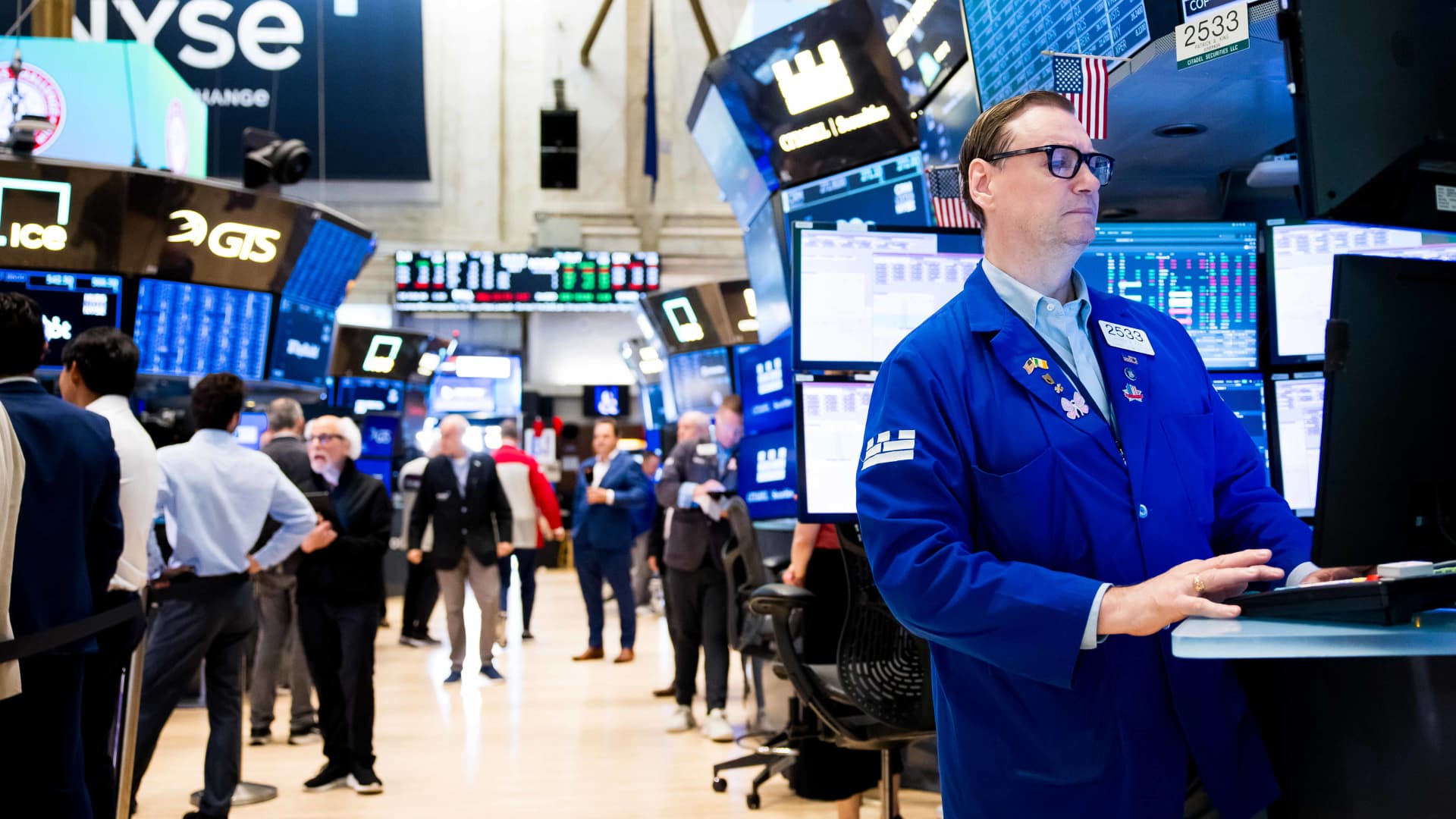The Trump Tariff Rollercoaster: A Market Analysis (April 2025)
The year 2025 has been a period of extreme volatility for global financial markets, largely driven by the unpredictable tariff policies of U.S. President Donald Trump. Beginning in April, a series of tariff announcements, reversals, and renewed threats have created a rollercoaster effect in stock markets worldwide. This analysis examines the key events, market reactions, and potential long-term economic impacts of what has become known as the “Trump Tariff Era.”
The Initial Shockwaves: April’s Market Turmoil
The market turbulence began on April 2, 2025, when President Trump announced sweeping tariffs targeting several major trading partners, including Japan, South Korea, and South Africa. The most significant measure was a 25% tariff on imported automobiles and auto parts, a move that immediately sent shockwaves through global financial markets.
Market Reactions:
– The Dow Jones Industrial Average plummeted nearly 1,700 points (4%) on April 3, its worst single-day performance since June 2020
– The S&P 500 fell 4.8%, while the tech-heavy Nasdaq Composite dropped 6%
– The sell-off erased approximately $3.2 trillion in market value globally
– Safe-haven assets like gold and government bonds saw significant inflows
Economic Concerns:
Investors reacted to several key concerns:
The Brief Market Rebound: A Pause in the Storm
Just seven days after the initial announcement, on April 9, President Trump declared a 90-day pause on most of the newly imposed tariffs. This sudden reversal triggered an equally dramatic market rally.
Market Response:
– The S&P 500 surged 9.6%, its best single-day performance since 2008
– The Nasdaq Composite gained 12.2%, marking its second-largest daily gain in history
– The Dow Jones Industrial Average added 3,000 points
– Market sentiment shifted dramatically as fears of an immediate trade war subsided
Sector-Specific Movements:
– Automotive stocks rebounded sharply, with Ford and General Motors both gaining over 15%
– Tech stocks, particularly those with significant international supply chains, recovered some losses
– Industrial and manufacturing sectors showed strong gains
– Safe-haven assets like gold and government bonds gave back some of their recent gains
The Ongoing Volatility: A Pattern Emerges
Throughout April and into the following months, President Trump continued to use tariffs as a negotiation tool, creating a pattern of market volatility that analysts dubbed the “TACO Trade” (Tariff Announcement, Crash, Opportunity).
Key Characteristics of the TACO Trade Pattern:
Sector Impacts:
– Winners: Domestic manufacturing, certain technology sectors, and defense stocks
– Losers: Automakers, consumer electronics, and companies with heavy international supply chains
– Volatile: Financials, industrials, and export-oriented companies
The Broader Economic Implications
Beyond stock market volatility, the Trump Tariff Era had significant economic consequences:
Inflationary Pressures:
– Consumer prices for imported goods increased by an average of 3.2% in the months following the tariff announcements
– Core inflation rose to 3.8% by June 2025, up from 2.5% at the beginning of the year
– The Federal Reserve signaled potential interest rate hikes to combat inflation
Supply Chain Disruptions:
– Many companies reported delays in receiving critical components
– Some manufacturers began relocating production facilities to avoid tariffs
– Small and medium-sized businesses faced particular challenges in adapting to the changing trade environment
Consumer Confidence:
– Consumer confidence index fell 8 points in April 2025
– Retail sales showed signs of weakening as prices rose
– Big-ticket purchases, particularly automobiles, saw declines
Long-Term Market Considerations
As the Trump Tariff Era continues, several factors will shape the market’s trajectory:
Potential Scenarios:
Investment Strategies:
– Diversification across sectors and asset classes
– Focus on companies with strong balance sheets and pricing power
– Consideration of defensive sectors like healthcare and utilities
– Careful monitoring of geopolitical developments
Conclusion: Navigating the Tariff Rollercoaster
The Trump Tariff Era has demonstrated the profound impact that trade policy can have on financial markets. While the market has shown remarkable resilience in the face of repeated shocks, the long-term economic consequences remain uncertain.
Investors have learned several key lessons from this period:
As we move forward, the market’s path will continue to be shaped by trade policy developments, economic data, and central bank actions. While the rollercoaster ride may continue, investors who approach the market with caution, discipline, and a long-term perspective will be best positioned to navigate these challenging times. The Trump Tariff Era serves as a reminder that in the world of finance, volatility is often the price of potential opportunity.

